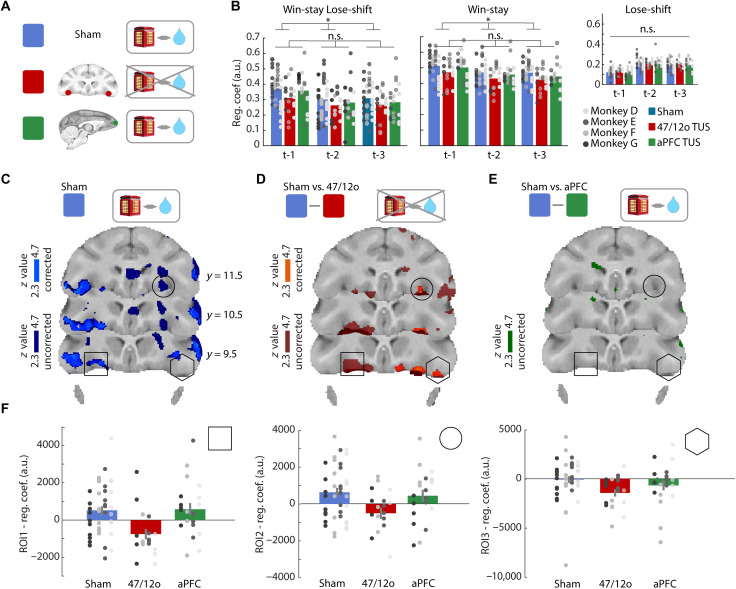Fig. 3. Area 47/12o TUS disrupts adaptive win-stay/lose-shift behavior and neural activity.
(A) Hypotheses: 47/12o TUS (red) should disrupt credit assignment compared to sham (blue), but aPFC TUS (green) should have no impact. (B) Animals exhibited win-stay/lose-shift behavior; they repeated choices after receiving a reward for choosing it previously (win-stay), and they switched away from choices that had previously been unrewarded (lose-shift). Regression coefficients illustrate influence of outcomes on whether win-stay/lose-shift strategy will be taken (left), the win-stay component will be taken (center), or the lose-shift component will be taken (right). Win-stay/lose-shift frequency remained unchanged after aPFC TUS but was significantly reduced after 47/12o TUS. This primarily reflected a decrement in win-stay behavior but not lose-shift behavior (*P < 0.05; n.s., not significant). (C) Neural activity underlying adaptive behavior was prominent in sham condition in 47/12o (cluster-corrected, |z| > 2.3, P < 0.05; light blue) and extended into adjacent orbitofrontal and ventrolateral prefrontal cortex when examined without cluster-based correction for multiple comparison (darker blue). (D) However, this pattern was altered by area 47/12o TUS; adaptive behavior–related activity in area 47/12o was significantly reduced compared to sham (comparison of effects estimated from last three occasions choice taken). After cluster-based correction for multiple comparisons, activity was reduced in 47/12o and adjacent orbitofrontal cortex (|z| 2.3, P < 0.05; light red color indicates significant difference between sham versus 47/12o TUS; dark red indicates activity without cluster-based correction 4.7 < z > 2.3; the area of altered activity overlapped with that seen in sham condition in (C). (E) No changes in adaptive behavior–related activity were apparent after aPFC TUS versus sham (empty brain indicates no significant difference). (F) Illustrated by BOLD effects from 1.5-mm-radius spherical ROIs centered on regions identified by comparison of the adaptive behavior effect in sham and 47/12o TUS condition. No similar changes in adaptive behavior–related activity were apparent after aPFC TUS in these ROIs.

